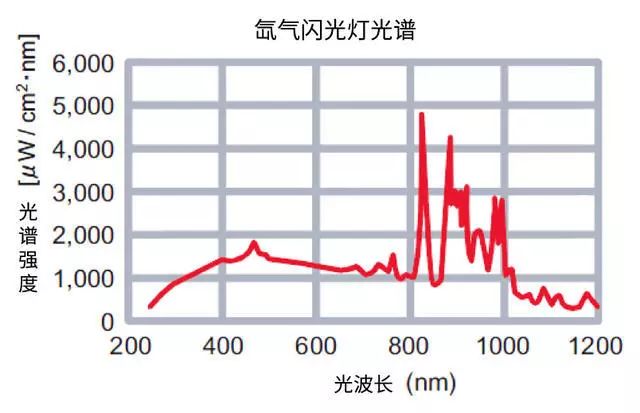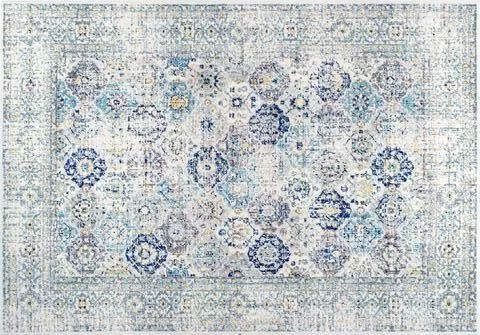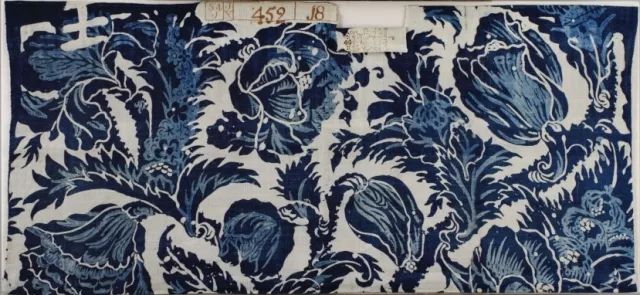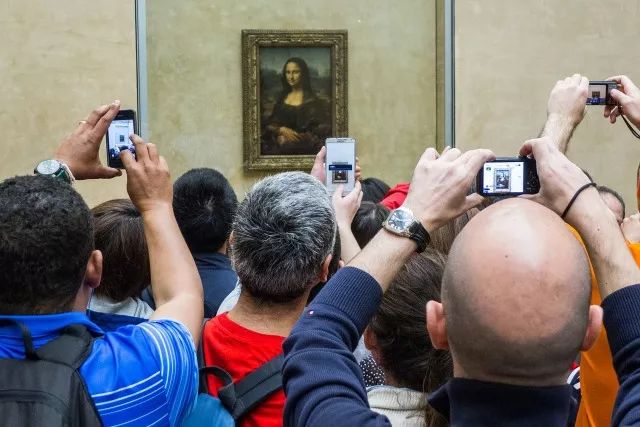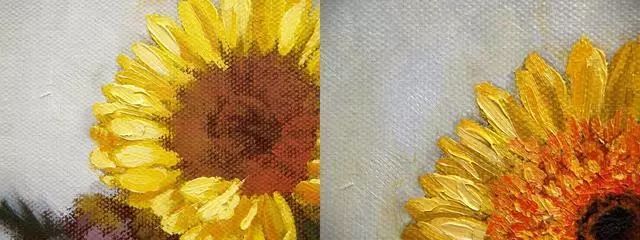[1] Batchelor, S. N., et al. The photofading mechanism of commercial reactive dyes on cotton, Dyes and Pigments, 2003, 59, 269.
[2] Oakes, J. Photofading of textile dyes, Review of Progress in Coloration and Related Topics, 2001, 31, 21.
[3] Wilkinson, F., et al. Rate constants for the decay and reactions of the lowest electronically excited singlet state of molecular oxygen in solution. An expanded and revised compilation, Journal of Physical and Chemical Reference Data, 1995, 24, 663.
[4] Egerton, G. S., et al. The photochemistry of dyes. IV-The role of singlet oxygen and hydrogen peroxide in photosensitised degradation of polymers, Journal of the Society of Dyers and Colourists, 1971, 87, 268.
[5] Bandara, J., et al. Fast kinetic spectroscopy, decoloration and production of H2O2 induced by visible light in oxygenated solutions of the azo dye Orange II, New Journal of Chemistry, 1999, 23, 717.
[6] Roy, A. National Gallery Technical Bulletin, 2007, 28, 58.
[7] Fiedler, I., et al. Cadmium yellows, oranges and reds. Artists’Pigments. A Handbook of their History and Characteristics; Cambridge University Press: Cambridge, 1986; Vol. 1, pp 65.
[8] Leone, B., et al. The deterioration of cadmium sulphide yellow artists’pigments. In Preprints of The 14th Triennial Meeting of ICOM International Committee for Conservation; 2005; Vol. 2, pp 803.
[9] http://dpanswers.com/content/canon_flash.php
[10] http://www.cap-xx.com/resources/docs/cap-xx_wp_0906_comparison_of_xenon_flash_and_led_flash_v3.pdf
[11] 王永礼, 博士论文, 物理环境对古代丝织品色泽和丝质的影响研究, 东华大学, 2007
[12] Saunders, D. Photographic Flash: Threat or Nuisance? National Gallery Technical Bulletin, 1995, 16, 66.
[13] 《博物馆建筑设计规范 JGJ66-91》
[14] http://people.ds.cam.ac.uk/mhe1000/musphoto/flashphoto2.htm
[15] Schaeffer., T. T. Effects of Light on Materials in Collections: Data on Photoflash and Related Sources, Getty Conservation Institute, Los Angeles, California: 2001




